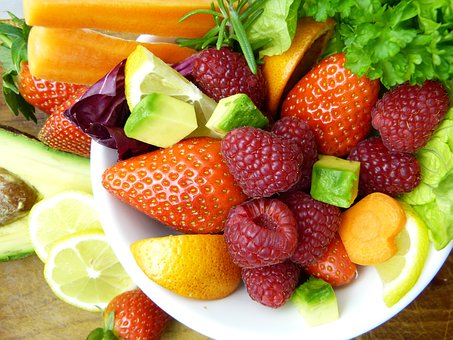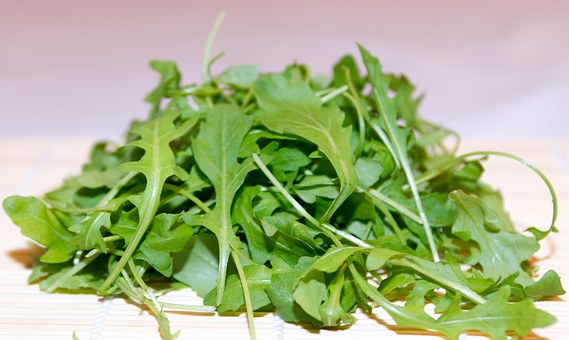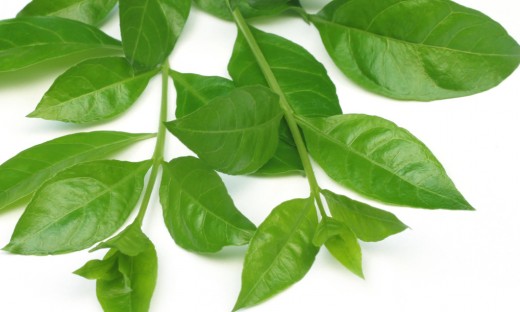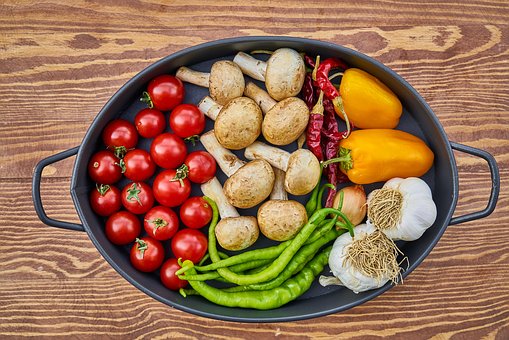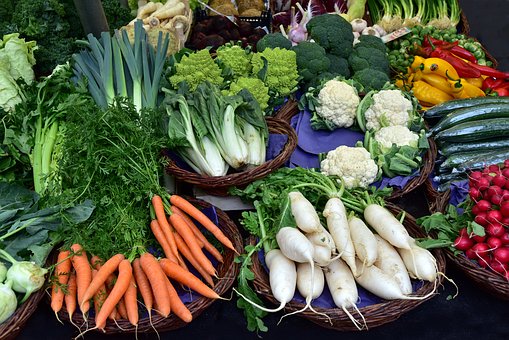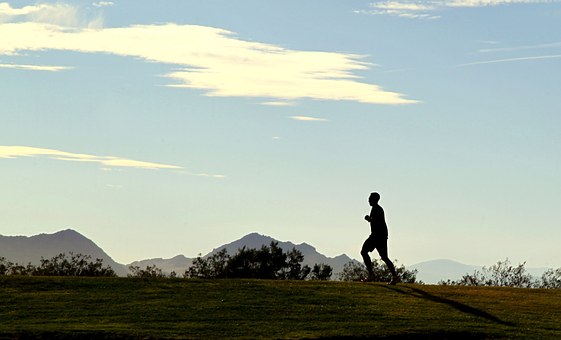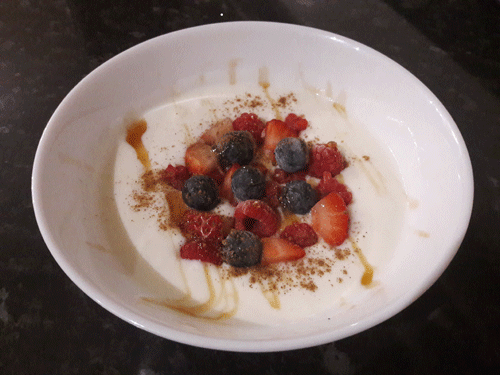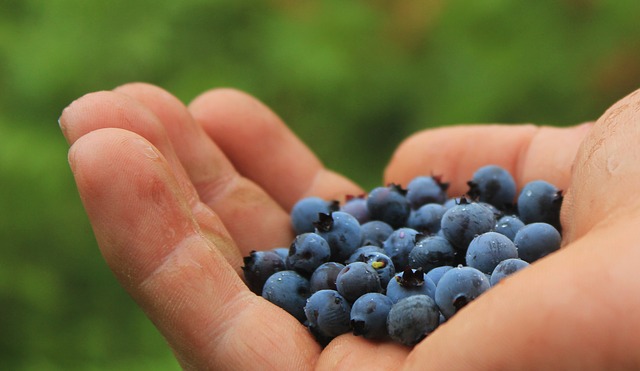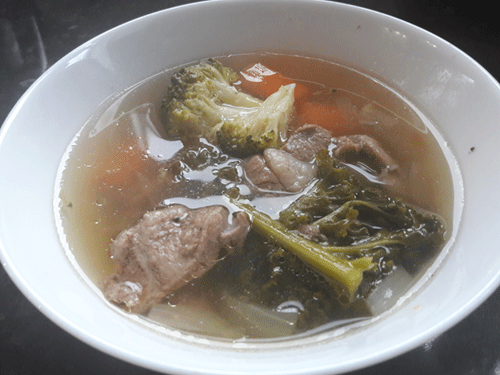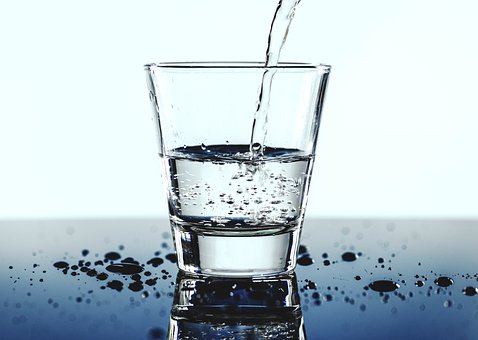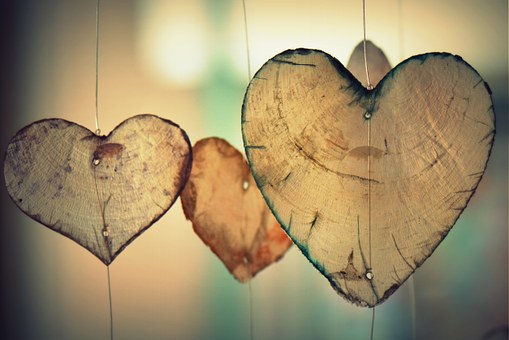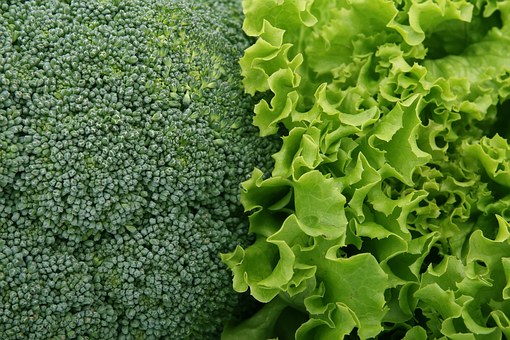Anti-Inflammatory and Anti-Angiogenic Effects of Flavonoids Isolated From Lycium Barbarum Linnaeus on Human Umbilical Vein Endothelial Cells
© Authored by PubMed
© HealthyMuslim. See Terms and Conditions
Copy Link
Email
Print

Goji berries (Lycium barbarum, wolfberry) grow on an evergreen shrub found in temperate and subtropical regions in China, Mongolia and in the Himalayas in Tibet. They are in the nightshade (Solonaceae) family. Goji berries are usually found dried. They are shriveled red berries that look like red raisins. Goji berries are rich in antioxidants, particularly carotenoids such as Beta-carotene and zeaxanthin. One of zeaxanthin's key roles is to protect the retina of the eye by absorbing blue light and acting as an antioxidant. Goji berries have been used for 6,000 years by herbalists in China, Tibet and India to: protect the liver, help eyesight, improve sexual function and fertility, strengthen the legs, boost immune function, improve circulation, and to promote longevity.
Wu WB, Hung DK, Chang FW, Ong ET, Chen BH. Anti-inflammatory and anti-angiogenic effects of flavonoids isolated from Lycium barbarum Linnaeus on human umbilical vein endothelial cells. 1. Food Funct. 2012 Jul 3. [Epub ahead of print]
Wu WB, Hung DK, Chang FW, Ong ET, Chen BH. Anti-inflammatory and anti-angiogenic effects of flavonoids isolated from Lycium barbarum Linnaeus on human umbilical vein endothelial cells. 1. Food Funct. 2012 Jul 3. [Epub ahead of print]
Anti-inflammatory and anti-angiogenic effects of flavonoids isolated from Lycium barbarum fruits, a traditional Chinese medicine, on human umbilical vein endothelial cells (HUVECs) were investigated. Initially, flavonoids were extracted with 80% ethanol and separated using a Cosmosil 140 C18-OPN column, with the acidic fraction eluted with deionized water being composed of chlorogenic acid, caffeoyl quinic acid, caffeic acid and p-coumaric acid and the neutral fraction eluted with methanol composed of quercetin-diglycoside, rutin and kaempferol-O-rutinoside. Flavonoid extract was effective in inhibiting expression of intercellular adhesion molecule-1 (ICAM-1) and vascular cell adhesion molecule (VCAM-1) induced by TNF-? in HUVECs. The RT-PCR analysis indicated that ICAM-1 mRNA induced by TNF-? was inhibited by flavonoid extract. The flavonoid extract attenuated TNF-?-induced I?B phosphorylation as well as NF-?B, p65 and p50 translocation from cytosol to nucleus, through inhibition on TNF-?- and H(2)O(2)-induced intracellular reactive oxygen species (ROS) production. For the anti-angiogenic study, the flavonoid extract inhibited vascular endothelial growth factor (VEGF)-induced cell proliferation and migration in HUVECs, as well as angiogenesis. However, the flavonoid extract did not inhibit VEGF signaling. Surprisingly, HUVECs adhesion to the extracellular matrix was compromised and adhesion-induced signaling was retarded by the flavonoid extract.
Link to this article: Show: HTML Link • Full Link • Short Link
Share or Bookmark this page: You will need to have an account with the selected service in order to post links or bookmark this page.





|
Related Articles:
- Polysaccharides From Wolfberry Prevents Corticosterone-Induced Inhibition of Sexual Behavior and Increases Neurogenesis
- Polysaccharides From Lycium Barbarum Leaves: Isolation, Characterization and Splenocyte Proliferation Activity
- Lycium Barbarum Polysaccharide Inhibits the Proliferation of HeLa Cells by Inducing Apoptosis
- Anti-Inflammatory and Anti-Angiogenic Effects of Flavonoids Isolated From Lycium Barbarum Linnaeus on Human Umbilical Vein Endothelial Cells
You must be registered and logged in to comment.
Most Popular
Latest Articles
Popular Subjects
Health, fitness and longevity
Based upon the principles of health
in the Qur'an and Prophetic Traditions.
HealthyMuslim.Com
There are two bounties in which
most people lose out: good health
and free time. Al-Bukhari.
The information on this site is provided for educational purposes only. It is not intended as a substitute for professional advice of any kind.





